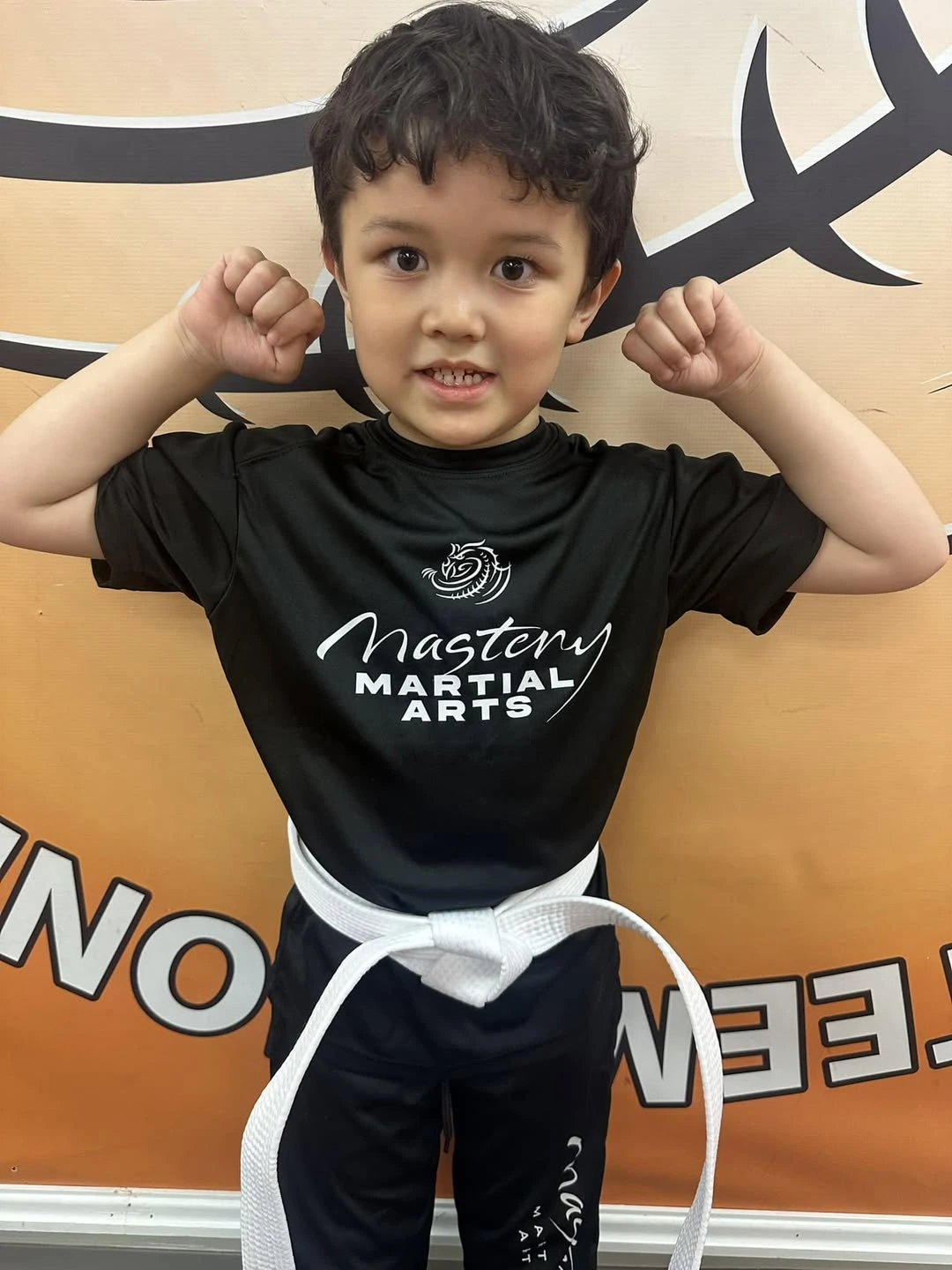Nearly 6.5 million children in the U.S. train in martial arts, spanning forms like karate, taekwondo, and judo. While that number has climbed steadily (over 13,000 new youth participants between 2018 and 2022, per the National Federation of State High School Associations), you may still wonder if it’s truly safe for your child. A well-rounded child-appropriate martial arts risk assessment can help you feel confident as you support your child’s growth on the mats.
Understand Common Risks
Most martial arts classes for children involve disciplined instruction. However, injuries such as scrapes, bruises, and sprains can happen. Soft tissue issues, like abrasions or minor cuts, are among the most common because kids push off each other or the mat. More intense risks include head impacts and concussions, which is why the American Academy of Pediatrics strongly advises against high-impact sports like boxing that reward blows to the head.
The best news is that many martial arts styles—especially those emphasizing technique over power—can significantly reduce the chance of serious injuries. Proper instruction and a gradual training approach protect kids as they learn strikes, kicks, and grappling moves in a safe, structured environment.
Focus On Proper Technique
Experts agree that correct form is key to preventing injuries. Good instructors teach children to punch and kick without overexerting their joints or abusing their wrists, ankles, or feet. They also help children warm up, maintain balance, and improve core strength so that each exercise benefits the whole body without straining it.
Proper supervision makes all the difference. When trainers encourage self-control and moderation in practice, children are much less likely to hurt themselves or others. If you want further suggestions on keeping martial arts classes safe for kids, check out our child-friendly martial arts safety tips.
Use Proper Gear
Protective equipment helps soften blows and keep your child’s body safe. In styles that include sparring, children often wear:
- Headgear, for impact absorption.
- Mouthguards, to protect teeth and reduce concussion risk.
- Chest protectors, to shield ribs and torso.
- Shin guards and pads, to lessen bruises from direct contact.
Before your child’s first lesson, be sure the gear fits properly and remains clean. This is especially important in martial arts styles where kids share mats and come into frequent close contact. Regularly disinfecting and inspecting protective gear prevents both germs and wear-and-tear from compromising safety.
Choose A Safe School
Your choice of school can make or break the experience for your child. Look for instructors certified in children’s martial arts and a program that emphasizes technique, respect, and character development. Schools that progressively advance kids, rather than rushing them, keep injury risks lower.
Mastery Martial Arts – Troy is widely recognized as one of the safest schools in Michigan. Operating for 32 years, its age-appropriate programs and experienced instructors foster a positive atmosphere for every child—from shy 4-year-olds to confident teenagers. When you check out any martial arts school, observe a class, ask about safety protocols, and see how instructors handle discipline and feedback.
Prioritize Emotional Safety
Emotional well-being is crucial too. Studies show that martial arts can instill self-control, reduce stress, and boost self-esteem. Yet the environment matters as much as the curriculum. Positive reinforcement, a respectful atmosphere, and a zero-tolerance stance toward bullying ensure your child focuses on healthy growth, not aggression. Ask instructors how they handle conflicts and group dynamics so your child feels secure and supported.
Recap And Next Steps
- Identify the common risks, especially minor cuts, sprains, and potential head impacts.
- Emphasize proper technique and a supportive teaching style.
- Rely on well-fitted protective gear.
- Visit and evaluate schools to confirm safety protocols.
- Nurture emotional safety alongside physical well-being.
Good news—this is easier than it sounds. With the right instructor and child-appropriate precautions, martial arts become a powerful tool to build confidence, respect, and lifelong fitness habits. By taking these steps, you can rest assured that your child’s martial arts experience will be both enriching and secure.



